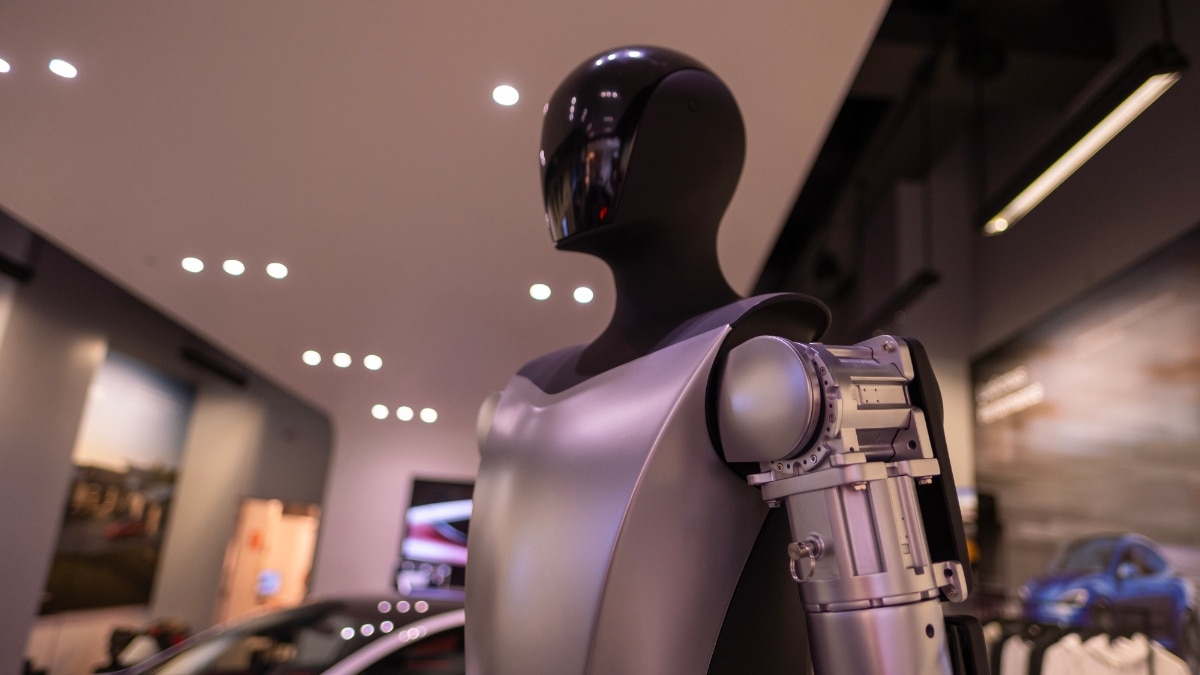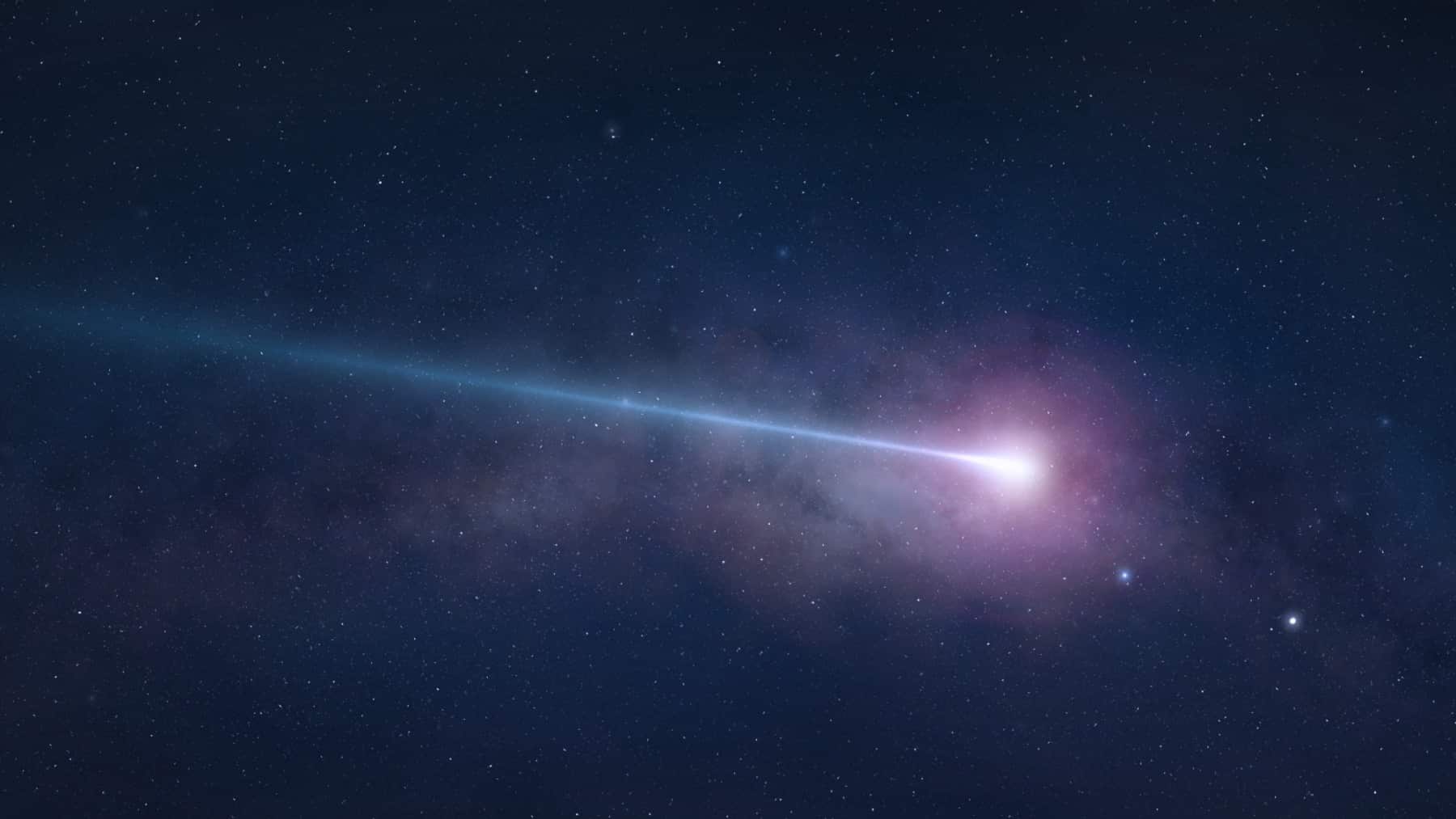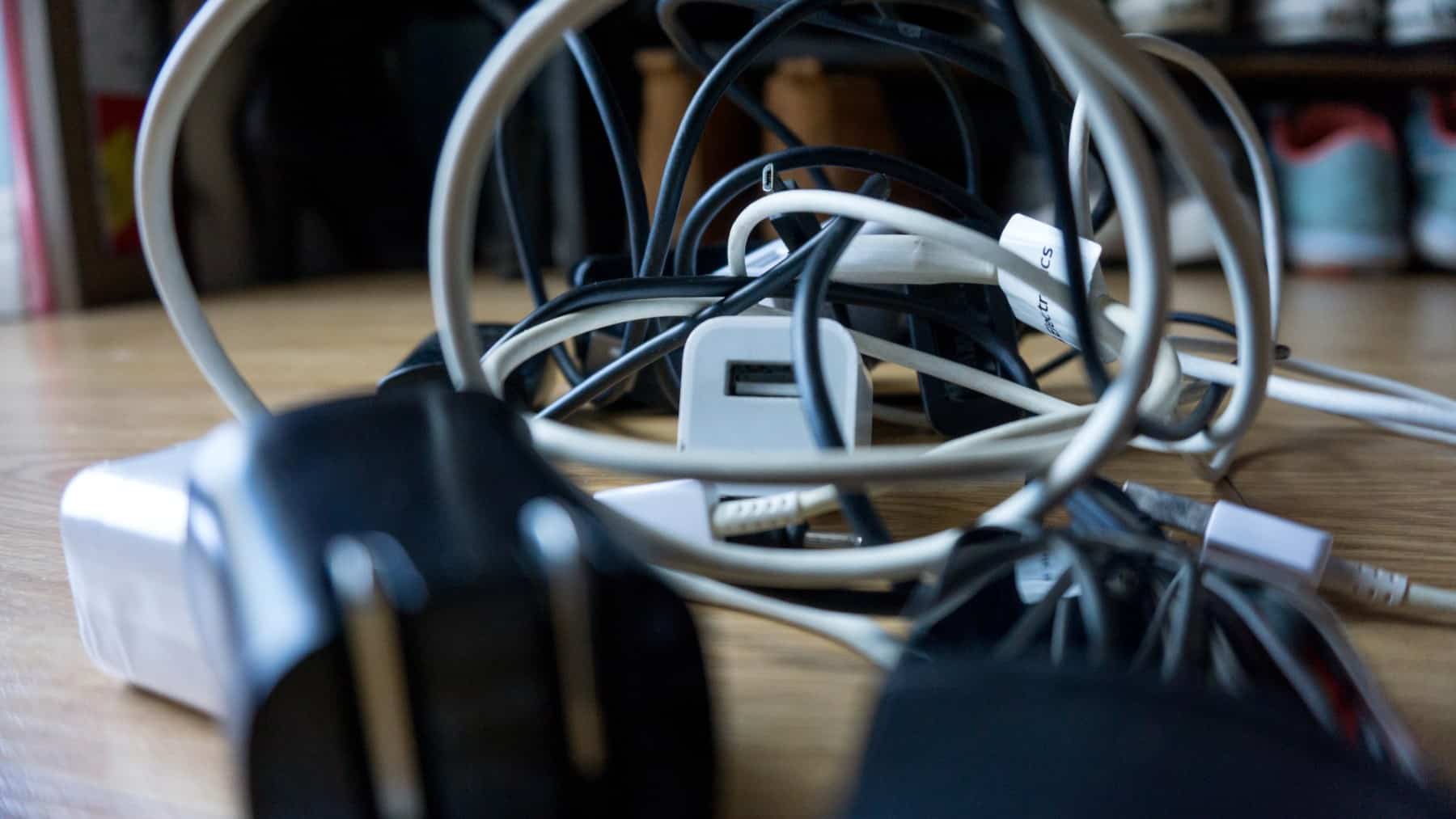Just like our skin, our hair evolves with age and needs more attentive and specialized care as we get older. From the age of 60 onwards, we notice that our hair loses a little volume: its texture becomes finer, it is not as thick and—sadly—it becomes dull.
However, we don’t have to lament and wistfully remember the good old days when we had thick, luscious hair. According to stylist Rosi Fernández, director of Salón Ananda Ferdi in Madrid—one of the most cosmopolitan hair spas in Europe—it is possible to continue caring for our hair if we identify the daily practices that sabotage its shine. Even if we don’t realize it, we can damage our hair if we don’t pay attention to it. The biggest culprit is none other than our hair dryer and the way we dry our hair without realizing it.
Why does hair change over the years?
Hair change is a hormonal issue. It doesn’t just happen when we enter menopause, but from the moment we are born. If we stop to think about it, a baby’s hair is different from that of a toddler; a child’s hair in elementary school will have a different texture than when they enter puberty. Similarly, a woman may experience hormonal changes and go from having one hair texture and color in adolescence to a completely different one in her 20s or 30s. Pregnancy and breastfeeding also cause a change in texture. It is unrealistic to think that we will be born with one hair texture and reach the age of 80 with the same one.
During menopause, there is a drop in estrogen and progesterone levels. These hormones are vital for keeping hair in its growth phase (also known scientifically as the anagen phase). This decrease in estrogen and progesterone means that the follicles produce hair with a much smaller diameter, resulting in finer hair with less density.
Another thing we don’t usually take into account is that over the years, the sebaceous glands in the scalp drastically reduce their production of sebum. A woman with oily hair and skin, who used to have to wash her hair with two shampoos every two days, may find that her scalp becomes much drier and she doesn’t need to use shampoo as often. As sebum is a natural oil and a protective barrier that lubricates the hair strand, its absence causes the hair to become drier, coarser, and more prone to frizz. This loss of natural lipids is also partly responsible for hair becoming dull and brittle.
The fatal error with hair
Hairdressing expert Rosi Fernández says that the most common mistake women in their 60s make is applying too much heat directly to their hair and too close to it. They are used to dealing with much thicker hair that needs more heat to take hold. We tend to be in a hurry and are tempted to set our hair dryers to maximum power, but we pay a high price in the long term with our hair fiber.
Excessive and concentrated heat strips the hair of its internal moisture, creating micro-damage to the cuticle. To deal with this, the expert says we need to adapt our drying and styling routine to the new reality of our hair:
- It is best to dry your hair with a microfiber towel or cotton T-shirt to minimize frizz.
- Let your hair air dry for 10 to 15 minutes. This will allow most of the moisture to evaporate, so you won’t need to expose your hair to as much heat.
- We should apply a heat protector—non-negotiable!—from the middle to the ends. Apply another coat if we use flat irons or curling irons after blow drying.
- Use the dryer on medium or low heat, never the highest setting.
- Keep the dryer 15 to 20 centimeters away from the hair. No more holding it right up to the ceramic round brush while you are drying each individual strand of hair.
- Don’t let the dryer stay pointed at one spot; keep it moving continuously.
- Finish with 3 minutes of cool air to close the cuticle and ensure that the style is set. This, along with a routine of serums for the final styling and sulfate-free shampoos, will restore your hair’s natural shine.





